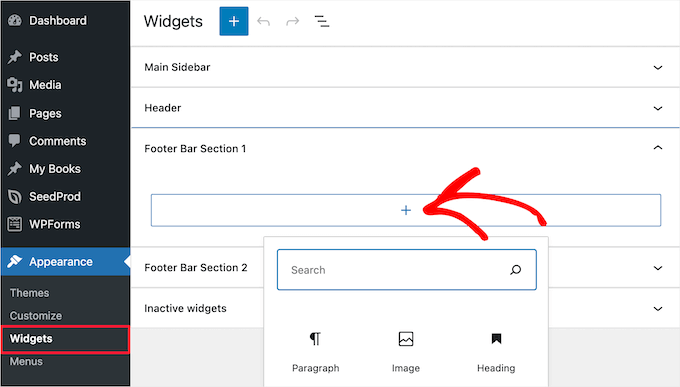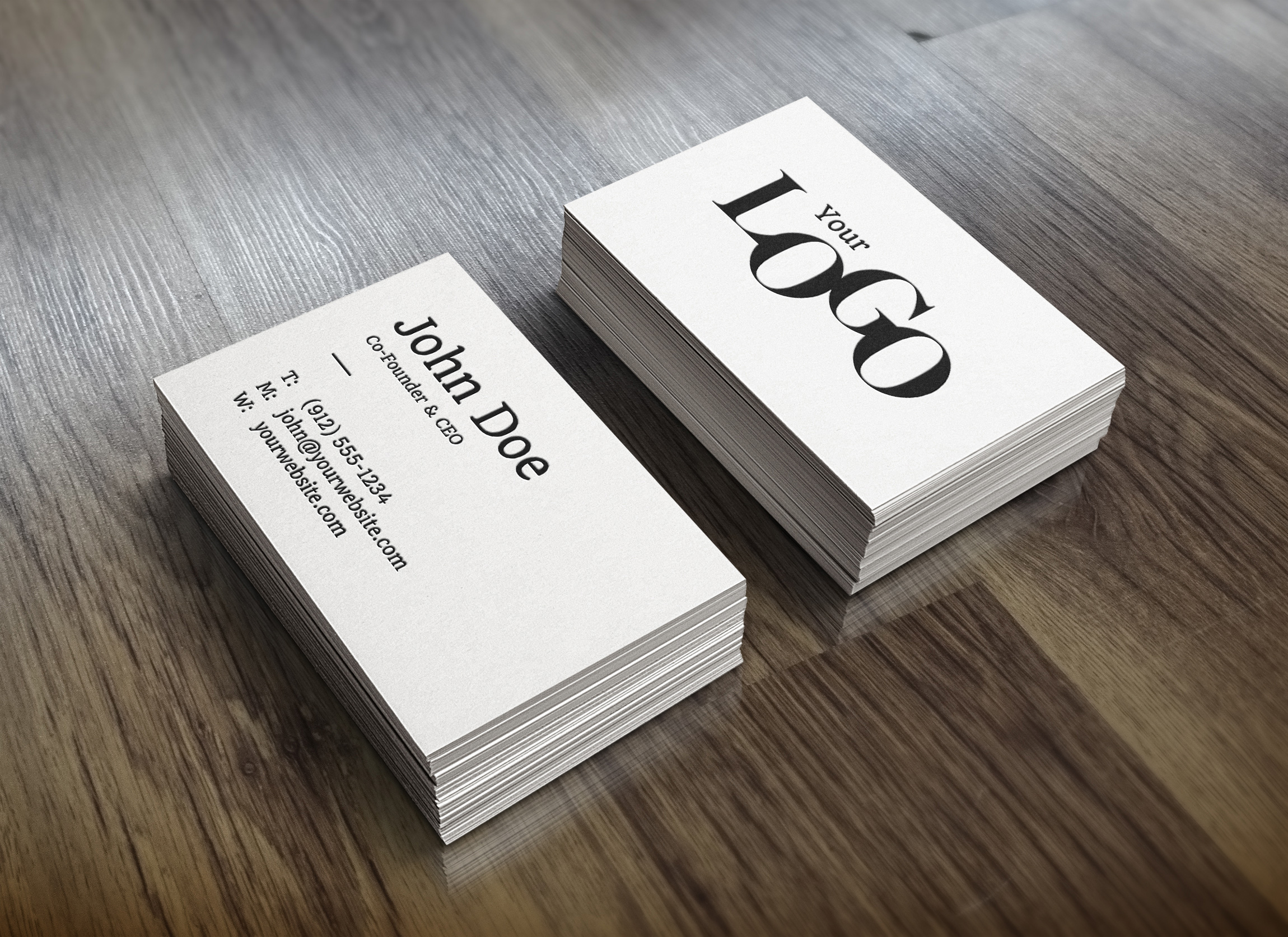Need a clear visual for done, approved, or verified states? Explore the full collection at check mark and grab a tick that stays sharp at any size. The set includes simple glyphs, rounded ticks, outlined variants, and bold success marks that work on light or dark backgrounds without extra tweaking.
Formats and styles that scale
Every check mark icon ships in SVG for infinite scaling and PNG with a transparent background. Popular pixel sizes include 16, 20, 24, 32, 48, 64, 128, 256, and 512, which fit common UI density buckets on web, iOS, and Android. You will find monochrome ticks for toolbars, full color success marks for notifications, and subtle outline icons for minimalist interfaces. File edges are crisp, curves are smooth, and the baseline aligns with other UI symbols.
Keywords to target naturally: check mark icon, checkmark, tick icon, done icon, success icon, approval icon, verified icon, checkbox icon, check icon PNG, check mark SVG, green checkmark, white check mark, vector tick, rounded checkmark, UI icons.
Practical use cases
Use ticks to confirm form submissions, indicate completed steps in a progress tracker, mark items in a to do list, or label verified accounts in profile headers. Designers drop SVG into Figma or Sketch to match the brand palette in seconds. Developers inline the vector in React, Vue, or Angular to keep pages fast and the icon pixel perfect on Retina displays. Marketing teams use a 256 or 512 PNG in slides and email banners when they need a quick success symbol that renders cleanly everywhere.
Download flow and licensing
Pick the style, choose the size, then download SVG or PNG. Assets are available free with attribution, or under a commercial license if you prefer to remove credit for client work. Predictable file names and exports make it easy to plug icons into a CMS or CI pipeline without manual renaming.
Accessibility and performance
Name files descriptively, for example check-mark-icon.svg or tick-24.png. Provide alt text like “check mark icon” so screen readers announce the symbol correctly. Add a <title> element when you inline SVGs to improve assistive context. Cache vectors, compress PNGs, and lazy load non critical media to keep Core Web Vitals in a good state even on busy UI screens.
Design tips
Use a slightly heavier stroke for tiny sizes, maintain generous padding so the tick does not collide with labels, and keep color contrast high against its background. When you maintain a design system, align cap height and corner radius with your other action icons so the set feels coherent.
Related searches
check mark icon, checkmark, tick icon, success icon, approval icon, verified badge, checkbox icon, done icon PNG, check mark SVG, white check mark, green checkmark, vector tick, rounded tick, UI status icons.



